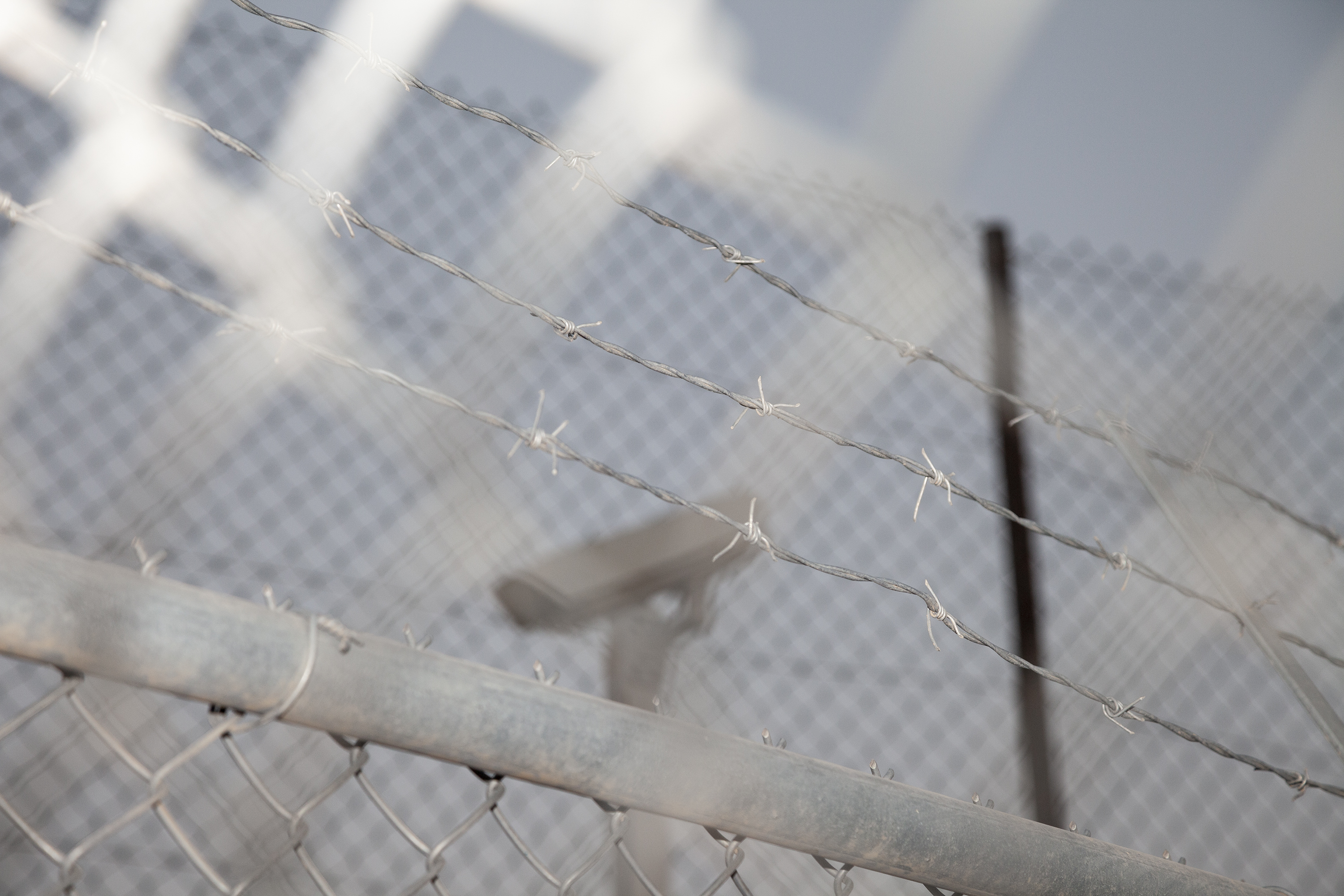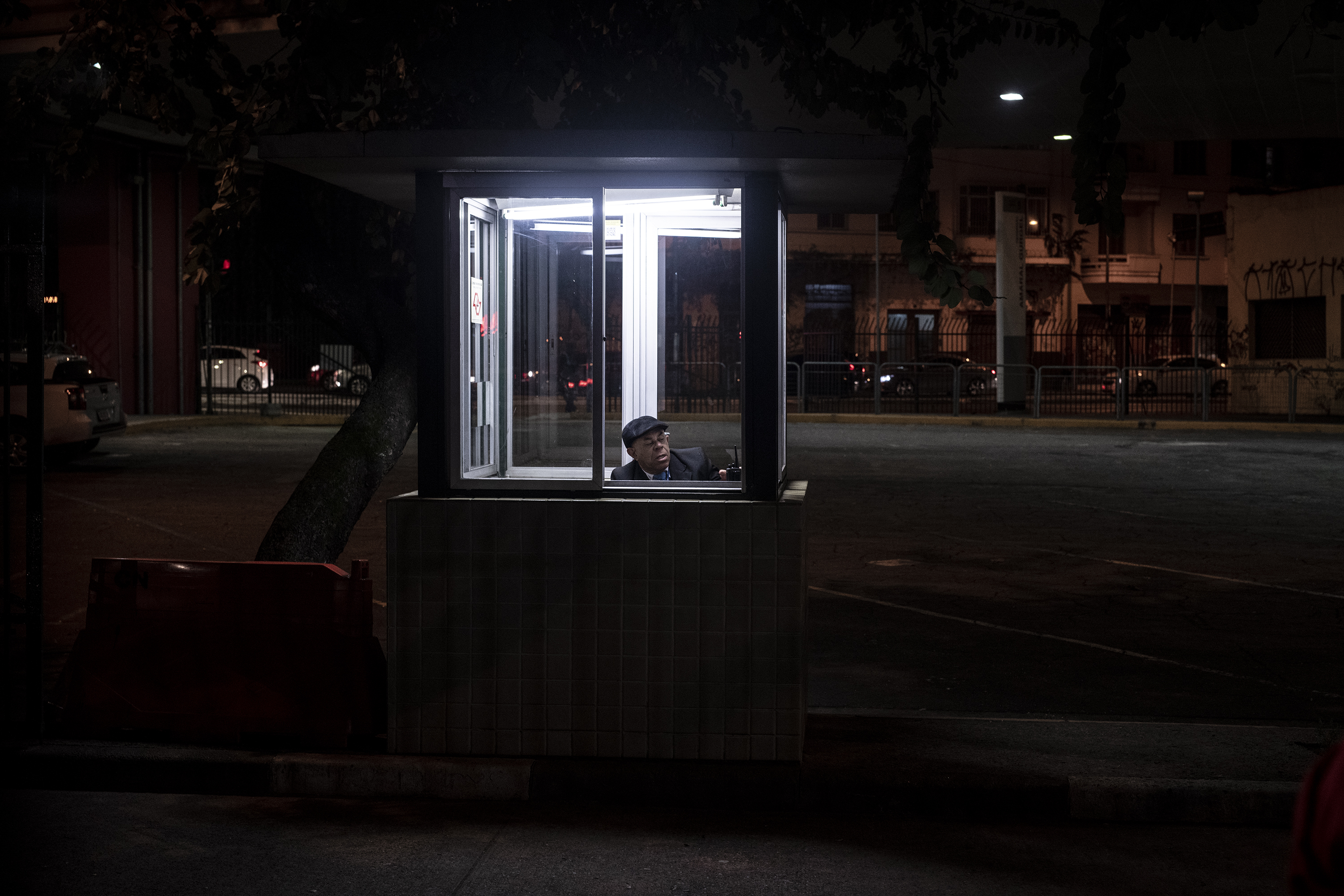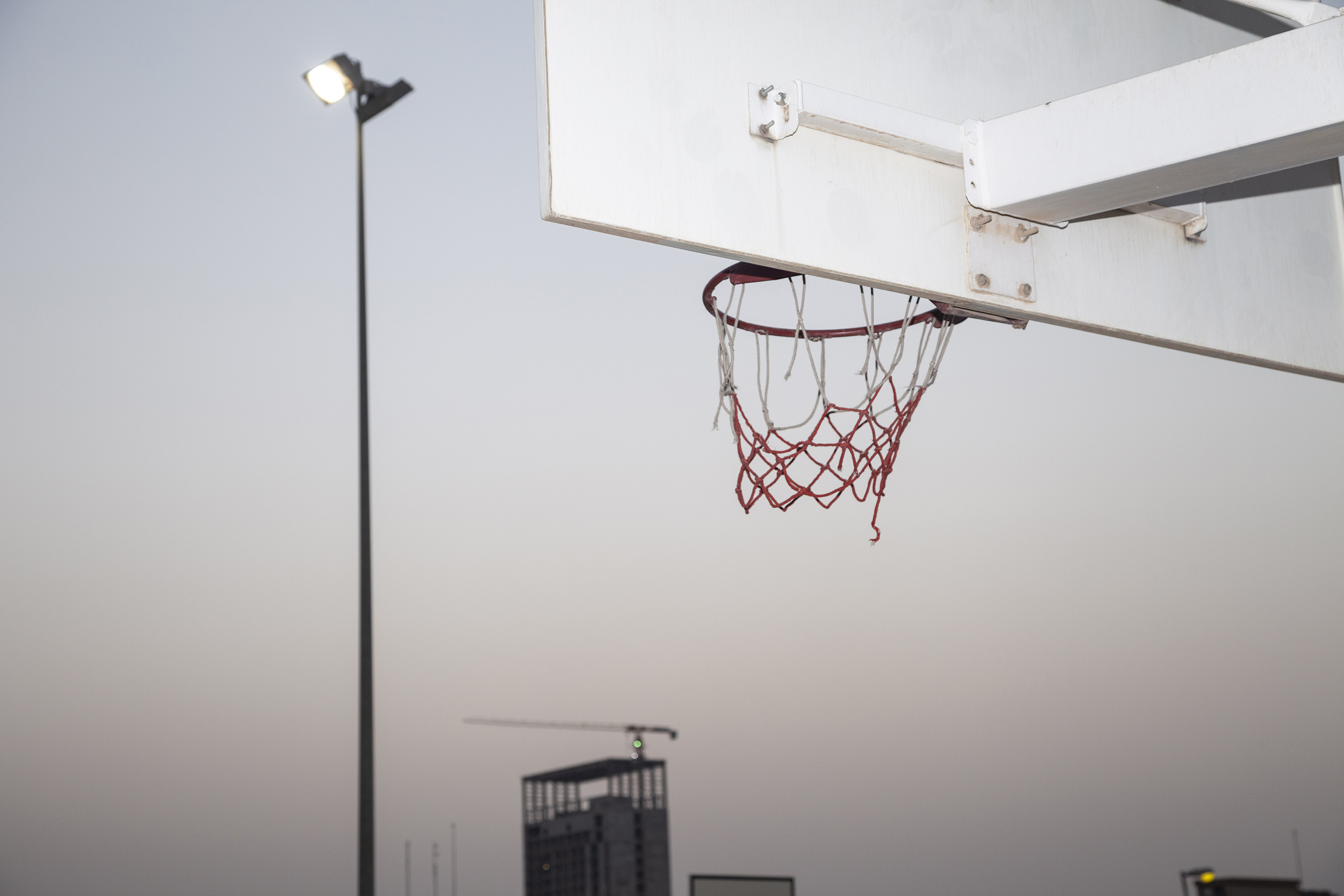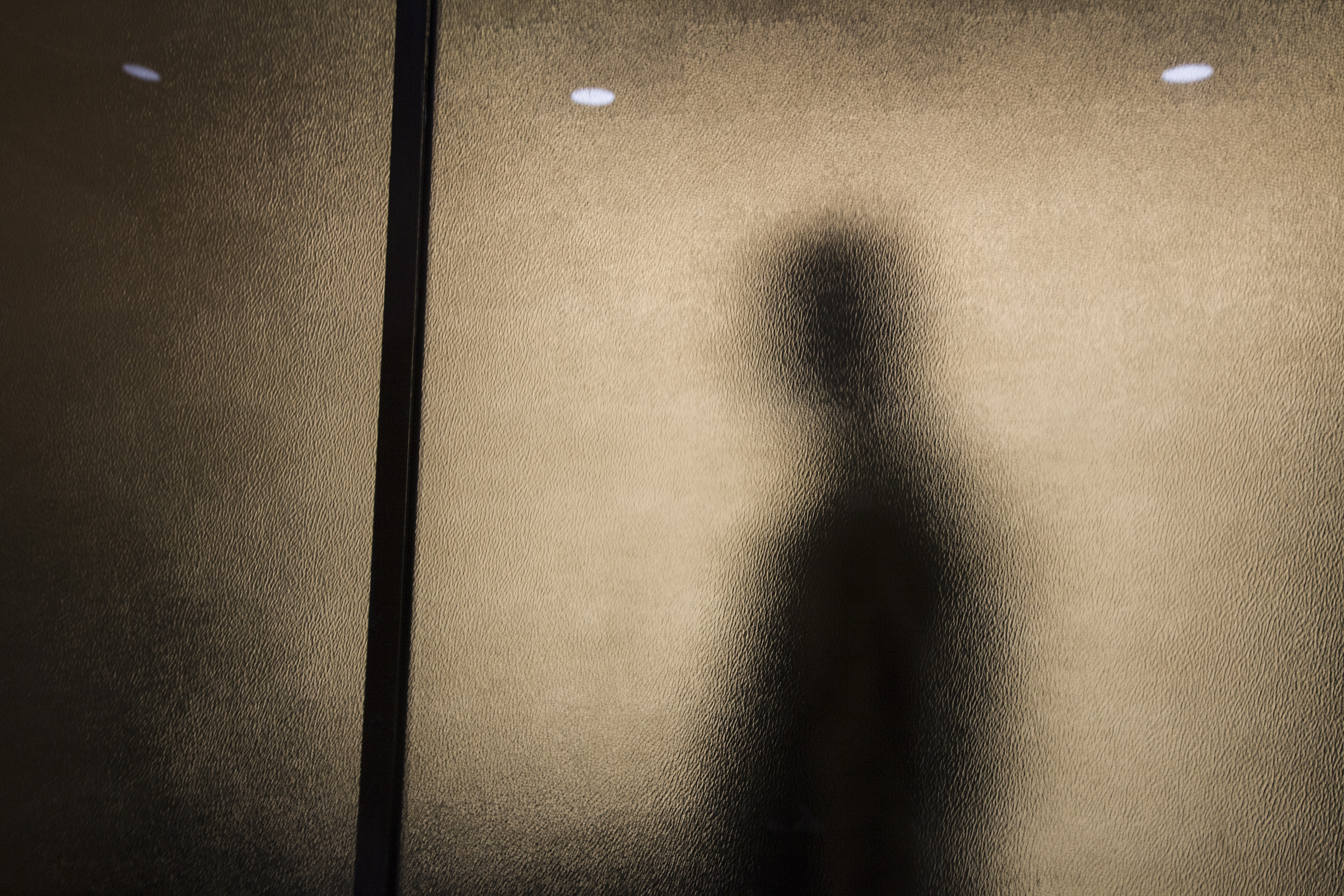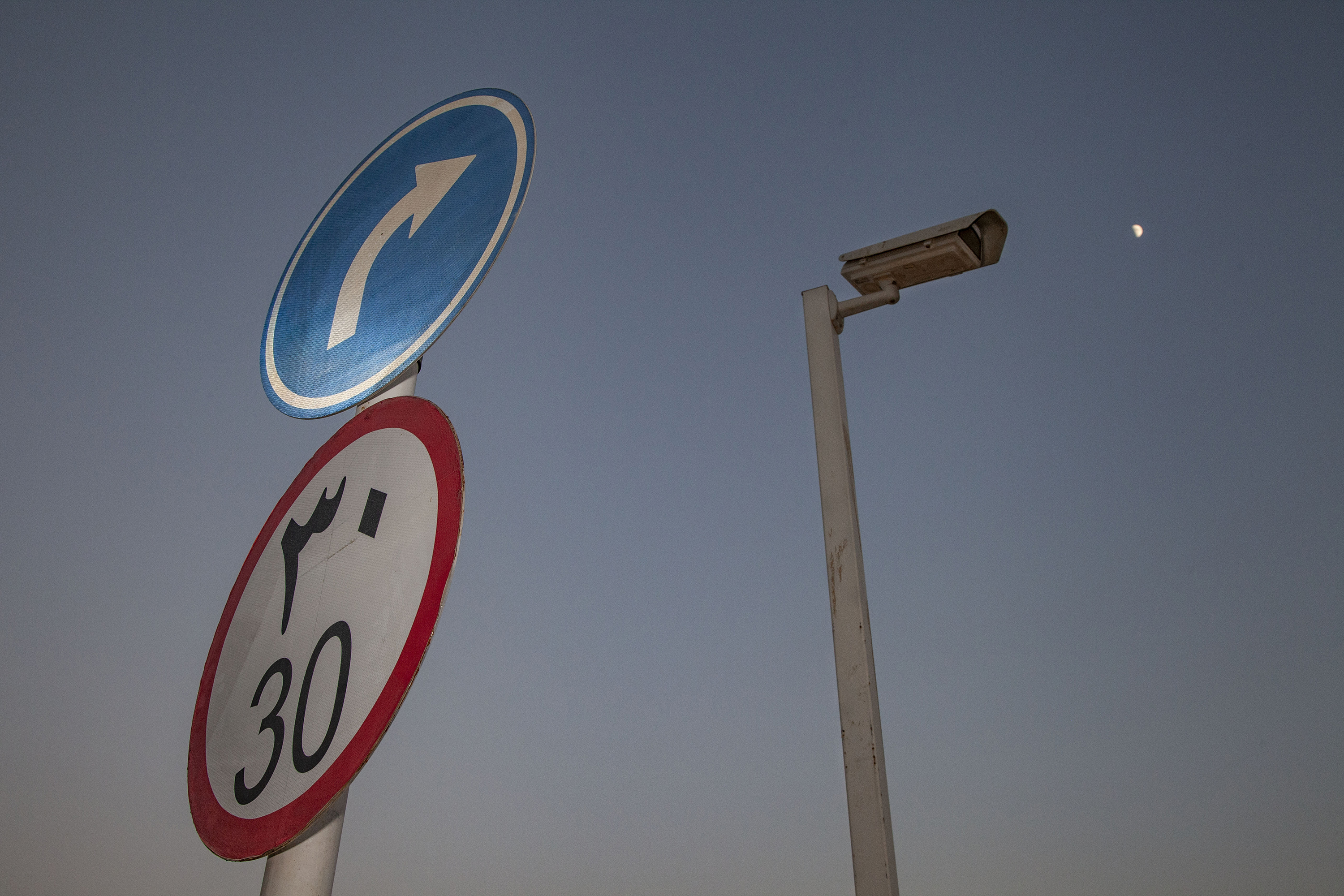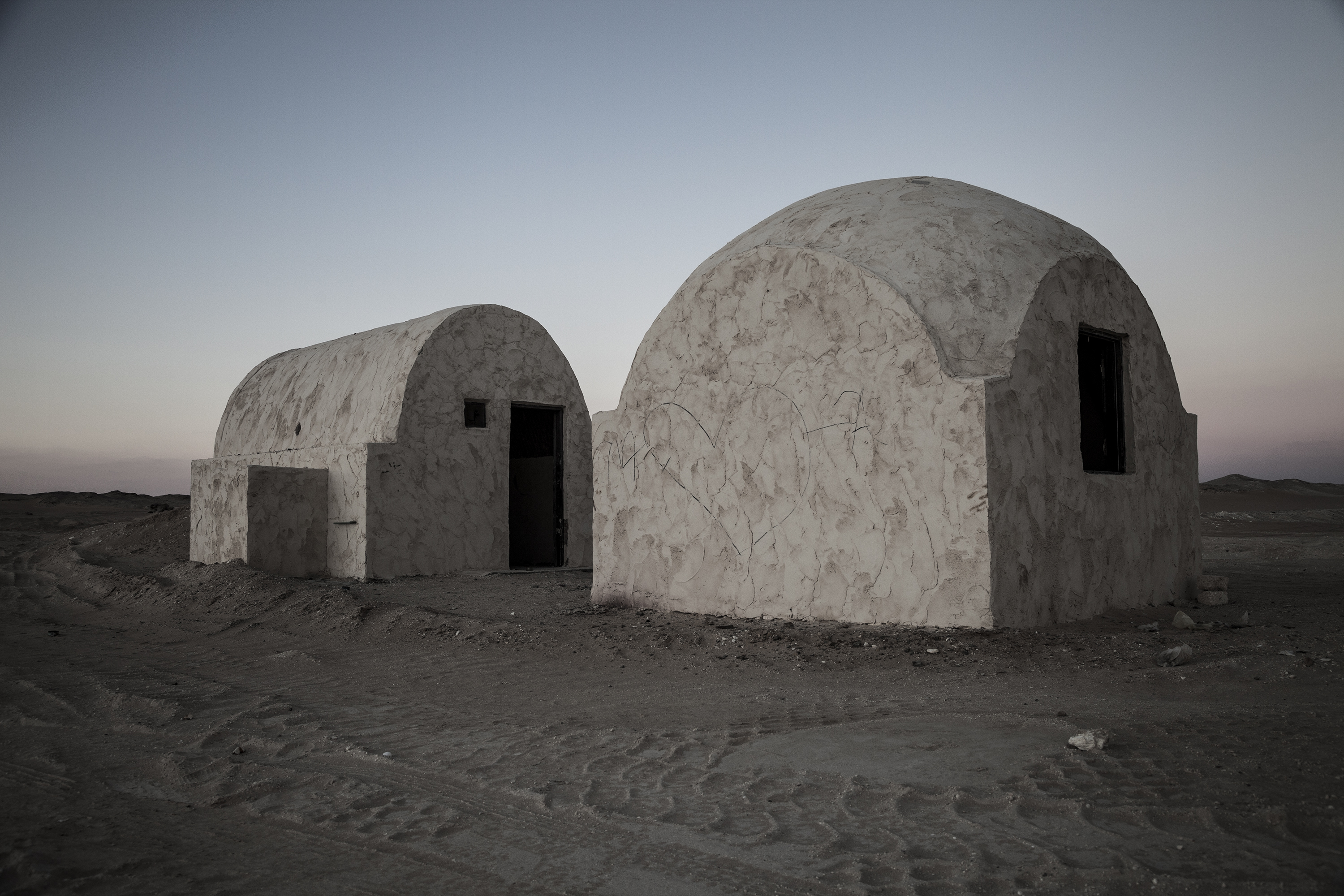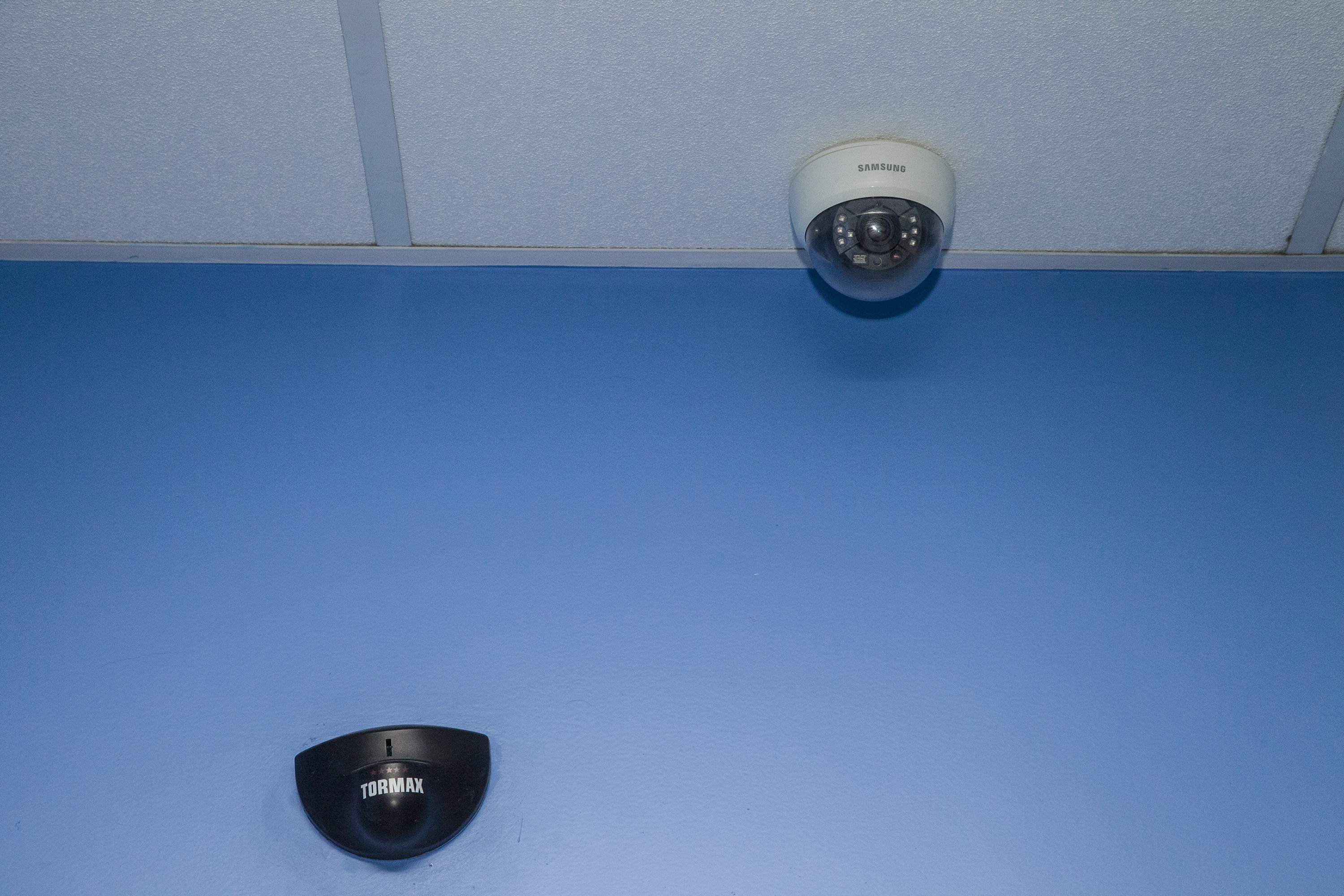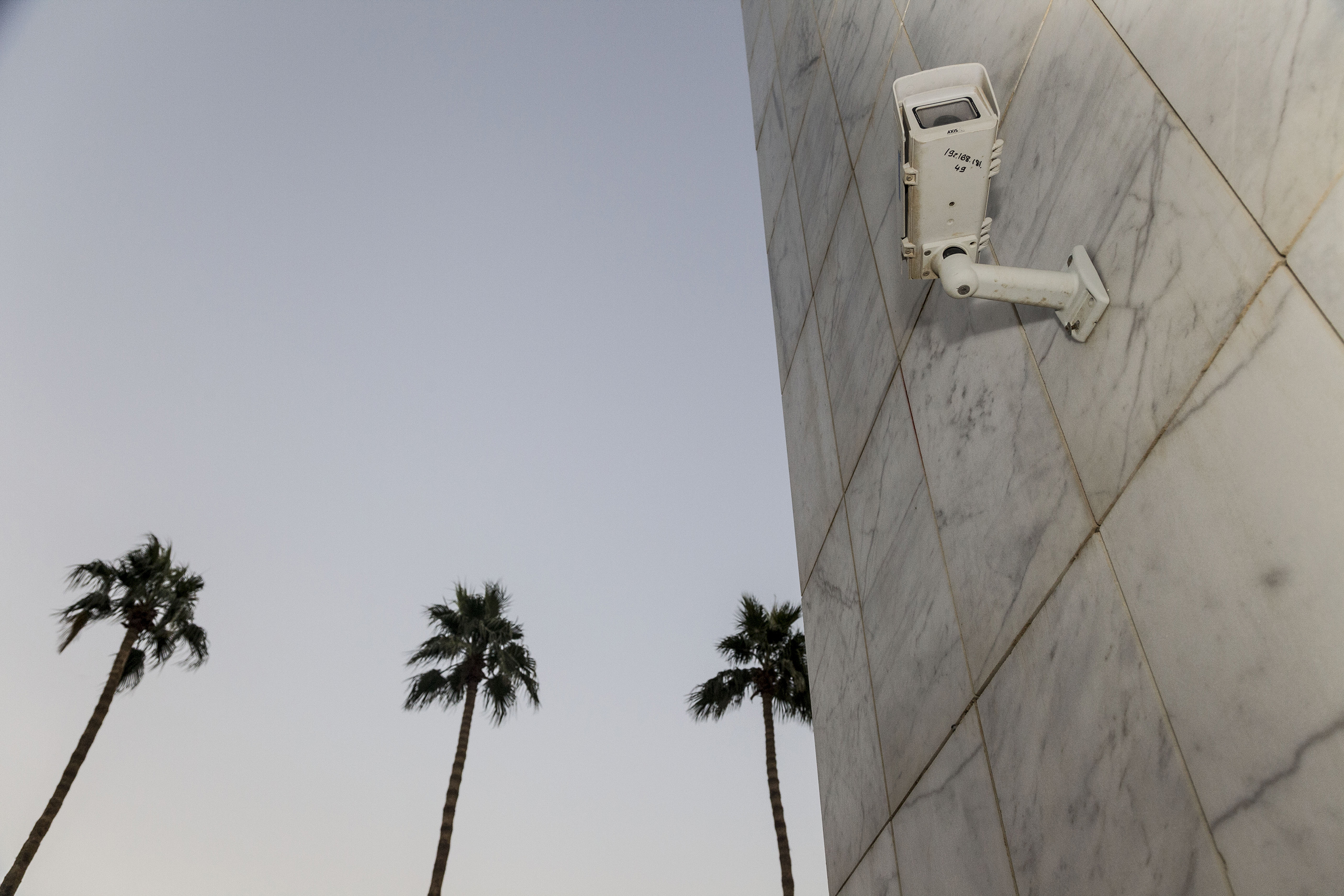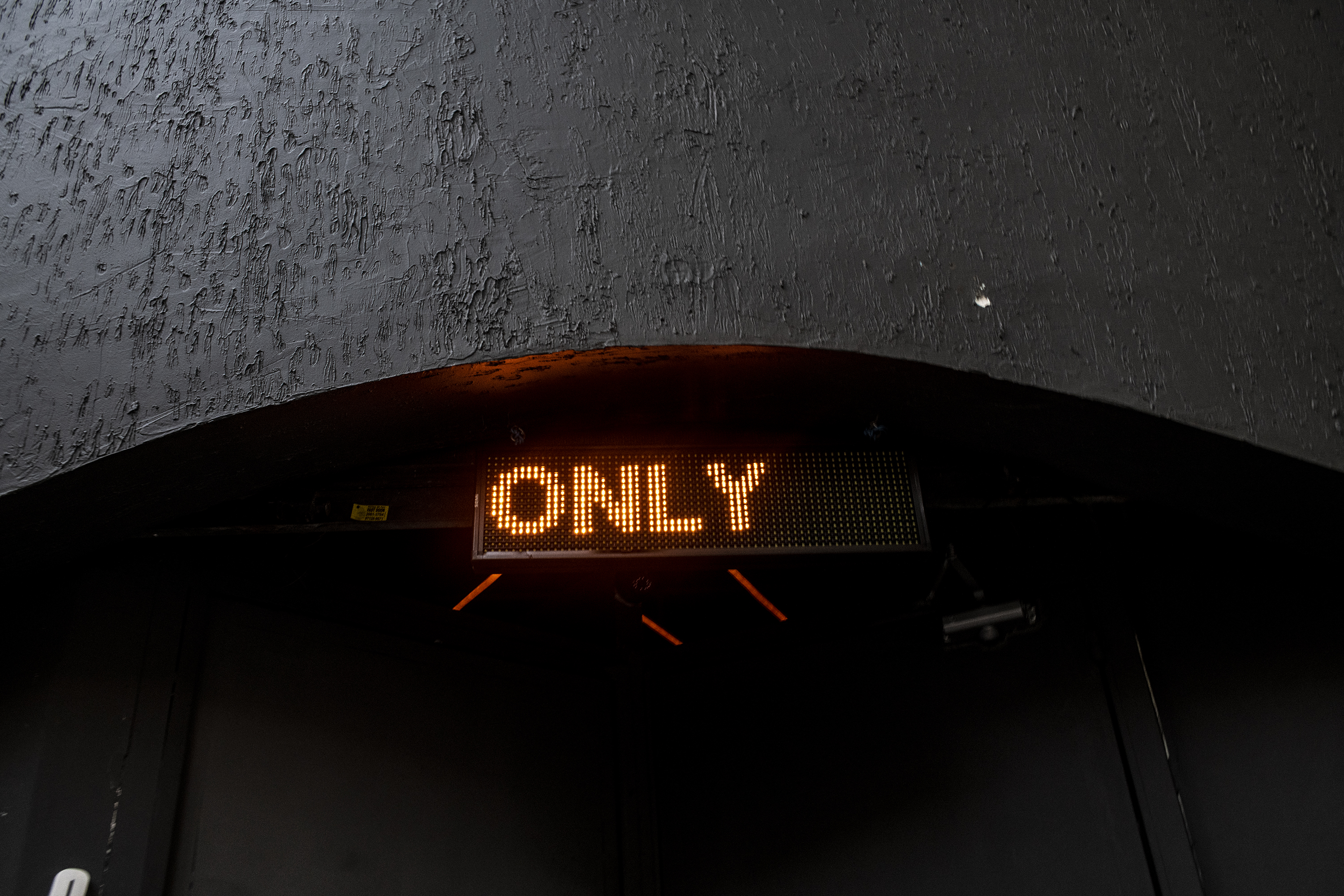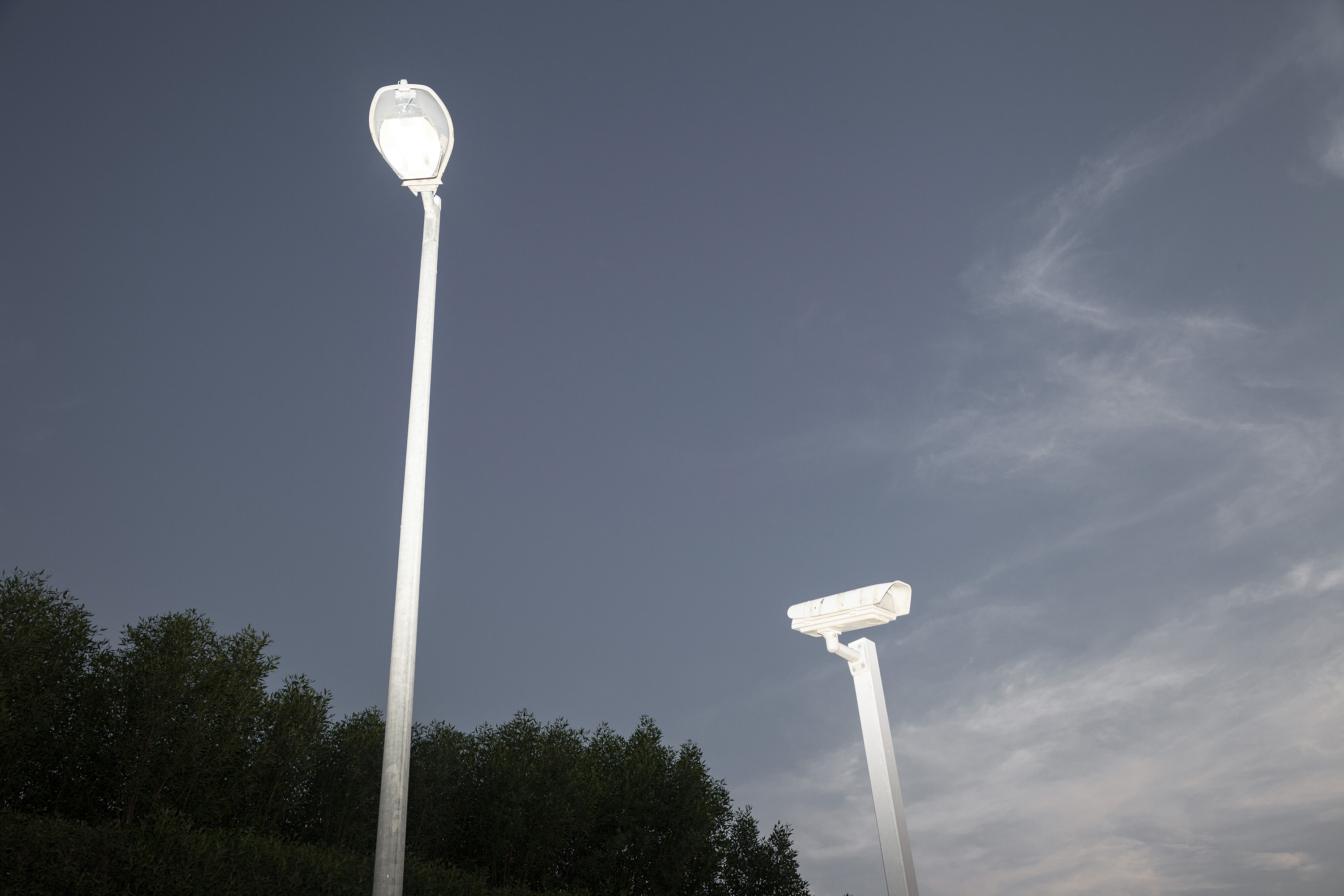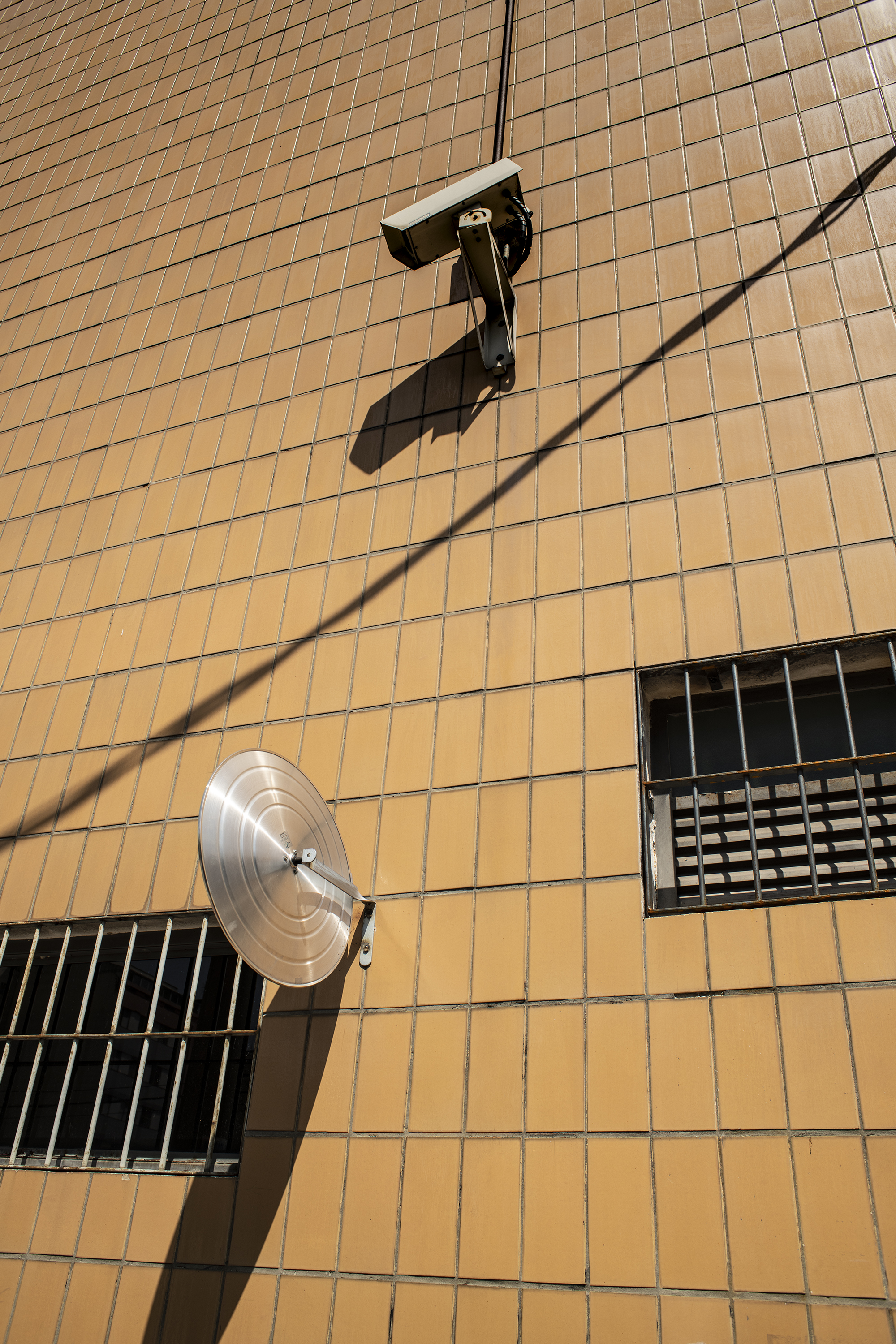Alibi Plaza
Alibi Plaza is a visual research on the ubiquity of CCTV cameras in landscapes. Thousands of surveillance devices are displayed strategically recording daily activities continuously. However, contrary to the bystander - impartial CCTV cameras imagery - the present essay is a statement about the condition of being observed and simultaneously being an observer.
I perceive this essay as a tribute to photography and its subsequent optical devices imagery. Throughout the years, I have realized that the invention of photography has been related intrinsically to attempts of identification and control of the large population that migrated from rural areas into the new urban centers in the 19th century. Photography is the cornerstone that first paved the way for what we understand nowadays as modern surveillance imagery.
I perceive this essay as a tribute to photography and its subsequent optical devices imagery. Throughout the years, I have realized that the invention of photography has been related intrinsically to attempts of identification and control of the large population that migrated from rural areas into the new urban centers in the 19th century. Photography is the cornerstone that first paved the way for what we understand nowadays as modern surveillance imagery.
I perceive this essay as a tribute to photography and its subsequent optical devices imagery. Throughout the years, I have realized that the invention of photography has been related intrinsically to attempts of identification and control of the large population that migrated from rural areas into the new urban centers in the 19th century. Photography is the cornerstone that first paved the way for what we understand nowadays as modern surveillance imagery.
As urban development prompted more accurate identification of individuals and effective control of its dwellers, in turn, the very requirement has influenced the ultimate shape of its territory. That effect is noticed through what could be the planning of such a panopticon environment; nowadays CCTV cameras are detected on every corner or lane, outdoors or indoors, in public or in private places, crowded or empty areas. By and large, the archetype of flaneur, that once wandered the streets and boulevards of new cities is no longer an unnoted spectator; he is occasionally aware of being scrutinized, though not always.
This photo-essay discusses street photography tradition, its practice has been a gallivant methodology to study landscapes and life itself. It is an endeavor to understand the relationship between urban landscape, surveillance and my own experiences. However, I have refrained from mentioning the locations of countries I have photographed on different occasions and over the years. It may be pointed that people and places are not denounced. I would rather merge it all in a single non-identifiable space, the place of a certain experience or memory, an impossible landscape indeed.
The sequence of photographs are edited in order to reinforce the ubiquity of CCTV cameras, denying the landmarks and emphasizing its overwhelming uniformity. It suggests a narrative of emptiness, a Maze of mirrors, an Hermeticism. When I look at them, I amuse myself believing I was hiding my face behind the camera, my camera. But not really, I do not think it has prevented me from being captured. In fact, it has caught me twice. The shot backfired.
Throughout the road of this photo-essay, I have questioned common ideas of identity and identification. I kept cogitating about the reasons that make us identify ourselves with a certain place or a particular region. Can someone's identity be confined to his/her birthplace or origin? I’d rather believe that our identities are continuously being shaped, constructed and reshaped by the juxtaposition of our experiences in places we lived or passed by. Moreover, I have roamed from place to place to avoid being tracked. Nonetheless, as this attempt was destined to fail, and I felt I was under perpetual monitoring, I have recorded scattered fragments like stones guiding Tom Thumb back home. Those traces are the photographs showcased here, as witnesses of isolation and a quest for escaping.

